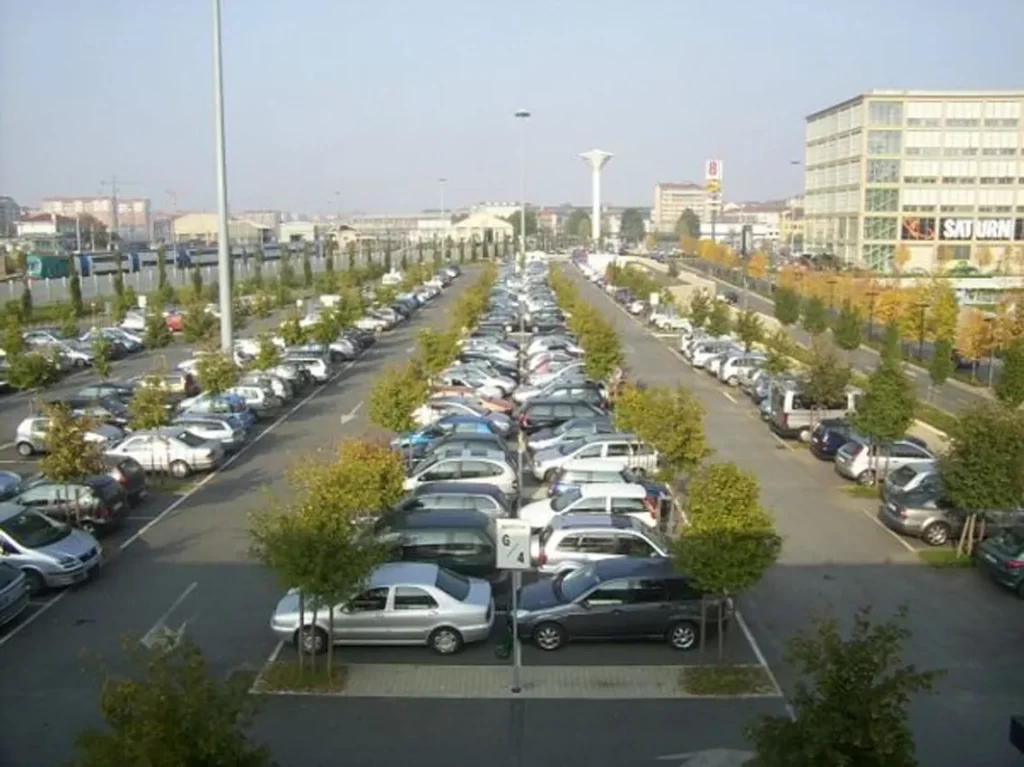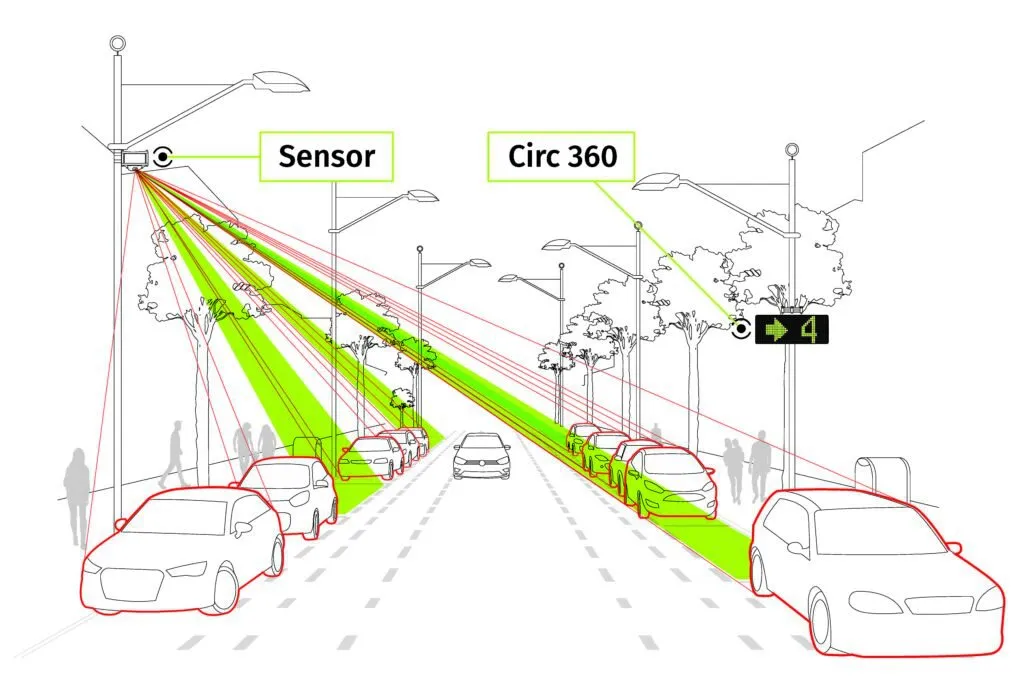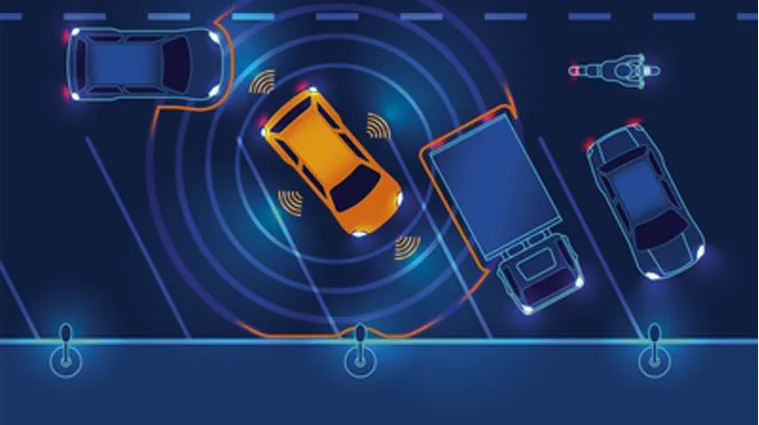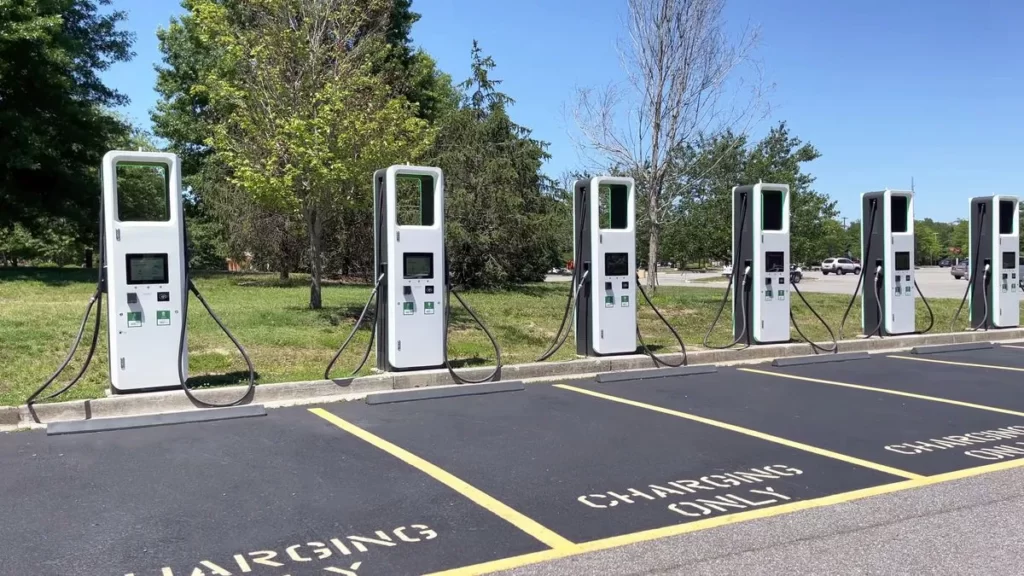If you want to know about the staircase design or landscape garden or requirements for disabled persons in a building, please click the link.
Introduction
Parking in architecture is a crucial element in modern urban planning, as it directly impacts the accessibility and convenience of various destinations in a city. The evolution of parking design and management has seen a significant shift over time, reflecting changes in urban development, technology, and car culture.

Understanding the evolution of parking in architecture is important for architects, planners, and policymakers to create effective and sustainable parking solutions that address the challenges of the modern era.
1) The early days of parking in architecture
The early history of parking in architecture dates back to the early 20th century when the first automobiles began to appear in cities. Initially, parking was not a major concern, as cars were relatively scarce and parking was mainly done on the streets. However, as car ownership grew, the need for dedicated parking spaces increased, and architects began to incorporate parking into their building designs.

One of the earliest forms of parking was the curb cut, which allowed cars to park directly in front of buildings on the street. However, this practice had many limitations, such as limited parking spaces, traffic congestion, and safety hazards. To address these challenges, architects began to design dedicated parking lots and garages.
The first parking garages were built in the early 1900s, and they had a significant impact on architecture. These structures were designed to accommodate multiple cars in a confined space, and they often featured innovative design elements such as ramps and elevators to maximize parking capacity. However, early parking garages had many limitations, such as poor ventilation, inadequate lighting, and safety concerns.
Moreover, early parking solutions were primarily functional and utilitarian, lacking aesthetic appeal. Parking garages were often seen as unsightly additions to urban landscapes, and their impact on the surrounding environment was not fully considered. This led to a backlash against parking garages, and some cities even banned their construction.
Despite these limitations and challenges, the early history of parking in architecture paved the way for innovative solutions that would transform parking design and management in the years to come.
2) The rise of car culture and parking design
Car culture had a significant impact on parking design in architecture, as it increased the demand for dedicated parking spaces and led to the development of new technologies and design innovations.
Here are some key features of early parking lots and garages:
- Increased capacity: To accommodate the growing number of cars, parking garages were designed to maximize capacity by incorporating ramps, elevators, and multi-level structures. Parking lots were also designed with grid-like layouts to fit as many cars as possible in a given space.
- Safety features: To ensure the safety of drivers and pedestrians, early parking garages featured improved lighting, ventilation systems, and fire safety measures.
- Aesthetic appeal: In response to criticisms about the unsightly appearance of parking garages, architects began to incorporate aesthetic elements such as decorative facades, green walls, and rooftop gardens to enhance their visual appeal.
- Technology integration: To improve the efficiency of parking management, early parking garages utilized automated parking systems, ticketing machines, and surveillance cameras to monitor traffic flow and improve security.
Innovations in parking design also emerged during this time, such as the introduction of the “Park-O-Mat” in 1951, which was one of the first automated parking garages in the United States. This technology allowed drivers to drop off their cars at the entrance of the garage, and then the car would be lifted and parked by an automated system.

Other innovations in parking design included the development of multi-level carousels, where cars were stacked on a rotating platform, and robotic parking systems that utilized sensors and algorithms to park cars more efficiently.
Overall, the impact of car culture on parking design in architecture led to significant innovations and improvements, making parking solutions more efficient, safe, and visually appealing.
3) The modern era of parking in architecture
The modern era of parking in architecture has seen a significant shift towards more sustainable and technologically advanced parking solutions. The increasing awareness of environmental concerns and the need for more efficient parking systems has driven innovation in parking design and management. Here are some key developments in modern parking design:
i) Smart parking systems

With the integration of sensors and IoT technology, smart parking systems can detect available parking spaces and guide drivers to them, reducing the time spent searching for a parking spot. This has the potential to reduce congestion, lower emissions, and improve the overall efficiency of parking management.
ii) Green parking solutions

Sustainable parking solutions, such as green roofs, permeable paving, and rain gardens, can help mitigate the environmental impact of parking lots and garages. These features can reduce stormwater runoff, improve air quality, and provide urban green spaces.
iii) Mixed-use parking structures

The integration of parking structures into mixed-use developments, such as retail and office spaces, can optimize land use and reduce the need for separate parking facilities.
iv) Autonomous parking

With the development of autonomous vehicles, parking garages and lots can be optimized for self-parking cars. These systems can increase capacity and improve efficiency by allowing for closer parking spaces and minimizing the need for driving lanes.
The impact of technology on parking design and management has been significant in the modern era. With the integration of sensors, automated parking systems, and mobile apps, parking has become more efficient, sustainable, and convenient. These advancements have the potential to transform the way we think about parking in architecture and urban planning, and provide opportunities for more innovative and sustainable solutions.
In conclusion, the latest trends in parking design are focused on creating more sustainable, efficient, and integrated parking solutions. By incorporating the latest technologies and design innovations, architects and urban planners can create parking structures that are not only functional but also aesthetically pleasing and environmentally friendly.
4) The future of parking in architecture
The future of parking in architecture is rapidly evolving as technology and environmental concerns continue to drive innovation. The emerging trends and innovations in parking design are focused on improving efficiency, sustainability, and accessibility.
Here are some key developments in the future of parking in architecture:
- Autonomous parking: As the technology for autonomous vehicles continues to advance, parking structures are being designed to accommodate self-parking cars. These systems can maximize capacity and improve efficiency by allowing for closer parking spaces and minimizing the need for driving lanes.
- Electric vehicle charging stations: With the increase in electric vehicles, parking structures are being designed to incorporate charging stations to accommodate these vehicles. This can help reduce emissions and promote the use of electric vehicles.

- Mixed-use parking structures: To optimize land use and reduce the need for separate parking facilities, parking structures are being designed to include mixed-use developments such as retail, residential, and office spaces.
- Vertical gardens and green roofs: To improve the environmental impact of parking structures, vertical gardens and green roofs are being integrated to provide urban green spaces and improve air quality.
- Dynamic pricing: To manage parking demand and encourage the use of public transportation, dynamic pricing systems are being implemented in some urban areas. These systems adjust parking prices based on demand and can be adjusted in real-time.
The potential benefits of these innovations for the environment and urban life are significant. By reducing emissions, optimizing land use, and creating green spaces, these innovations can help improve the livability of cities and promote sustainable living. Additionally, by making parking more efficient and accessible, these innovations can reduce congestion and promote the use of public transportation.
In conclusion, the future of parking in architecture is rapidly evolving as technology and environmental concerns continue to drive innovation. The emerging trends and innovations in parking design are focused on improving efficiency, sustainability, and accessibility. By incorporating these developments into urban planning, architects and planners can create parking structures that are not only functional but also environmentally friendly and beneficial for urban life.
5) Conclusion
In conclusion, the evolution of parking in architecture has seen significant advancements in design and technology that have improved efficiency, sustainability, and accessibility. The emerging trends in parking design, such as autonomous parking, electric vehicle charging stations, and mixed-use parking structures, have the potential to transform the way we think about parking in urban planning and create more livable cities. By incorporating these innovations, architects and urban planners can create parking structures that are not only functional but also environmentally friendly and beneficial for urban life.